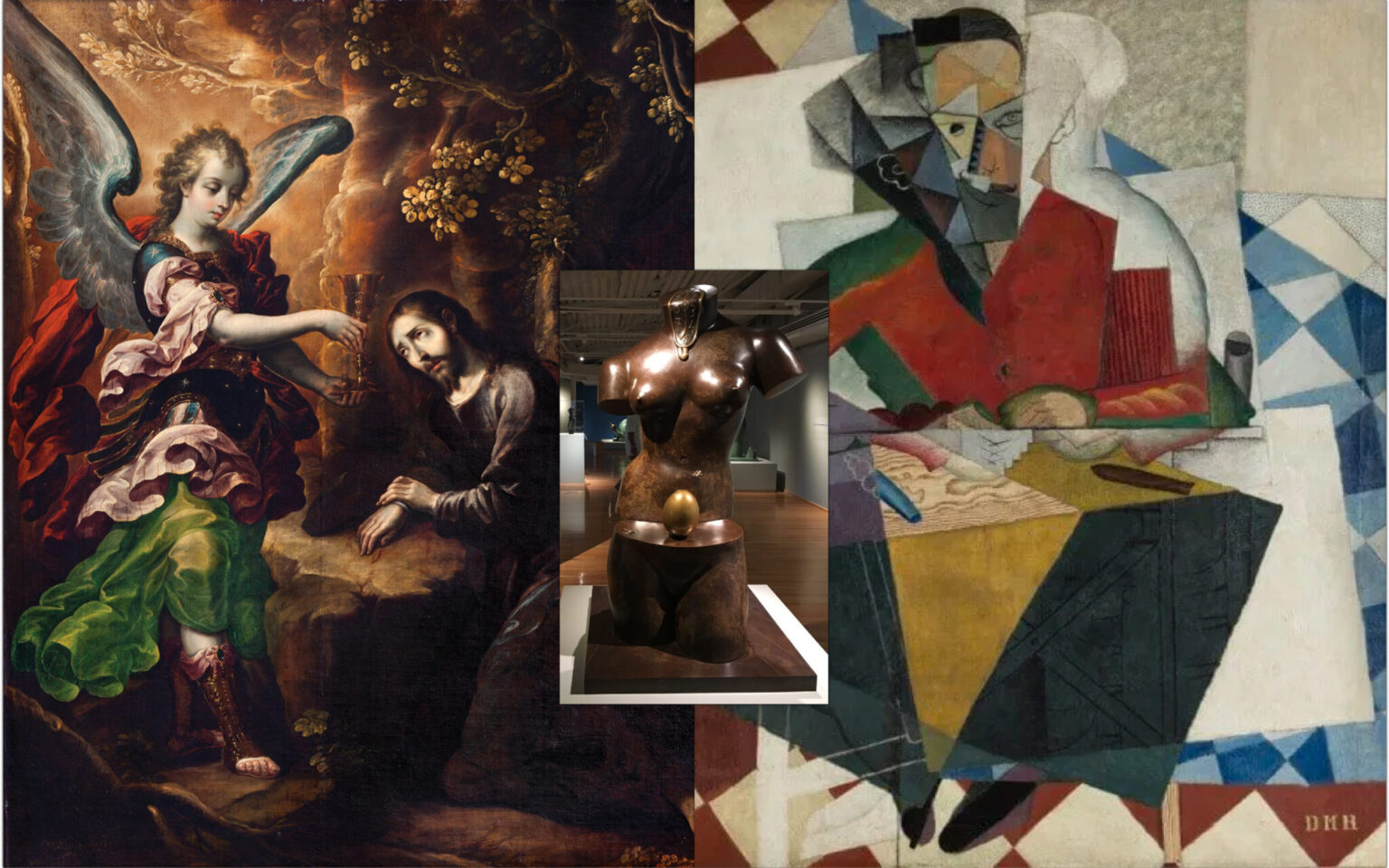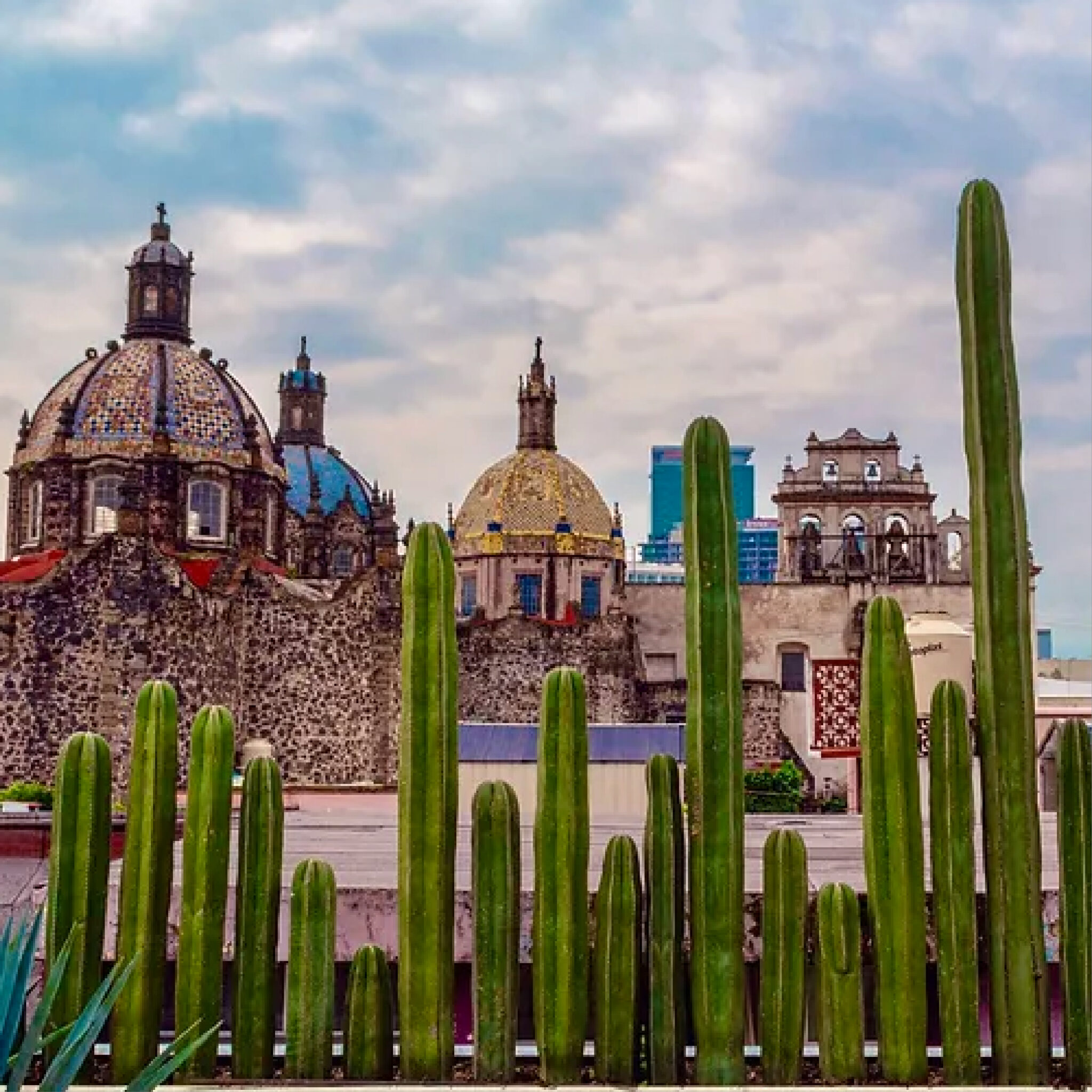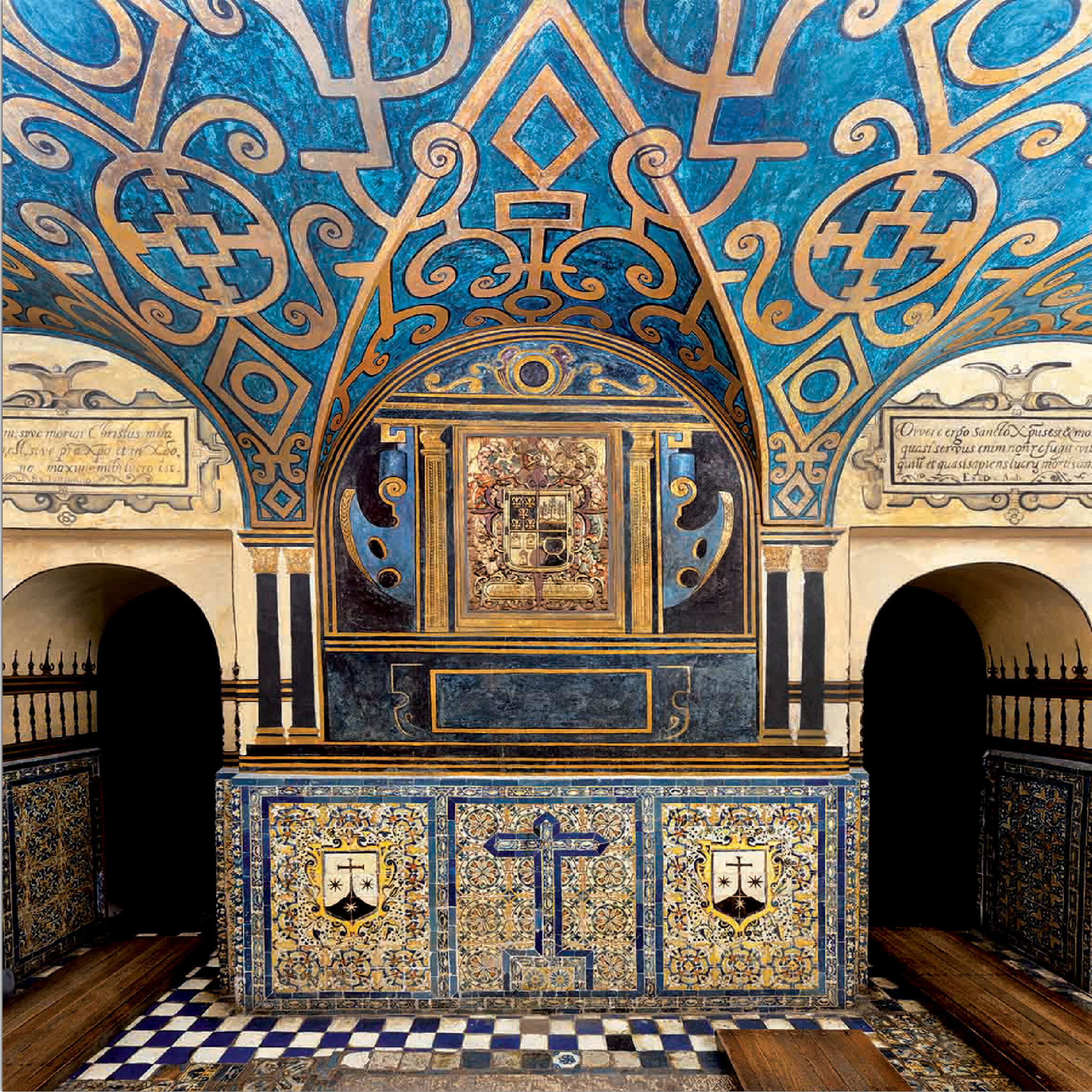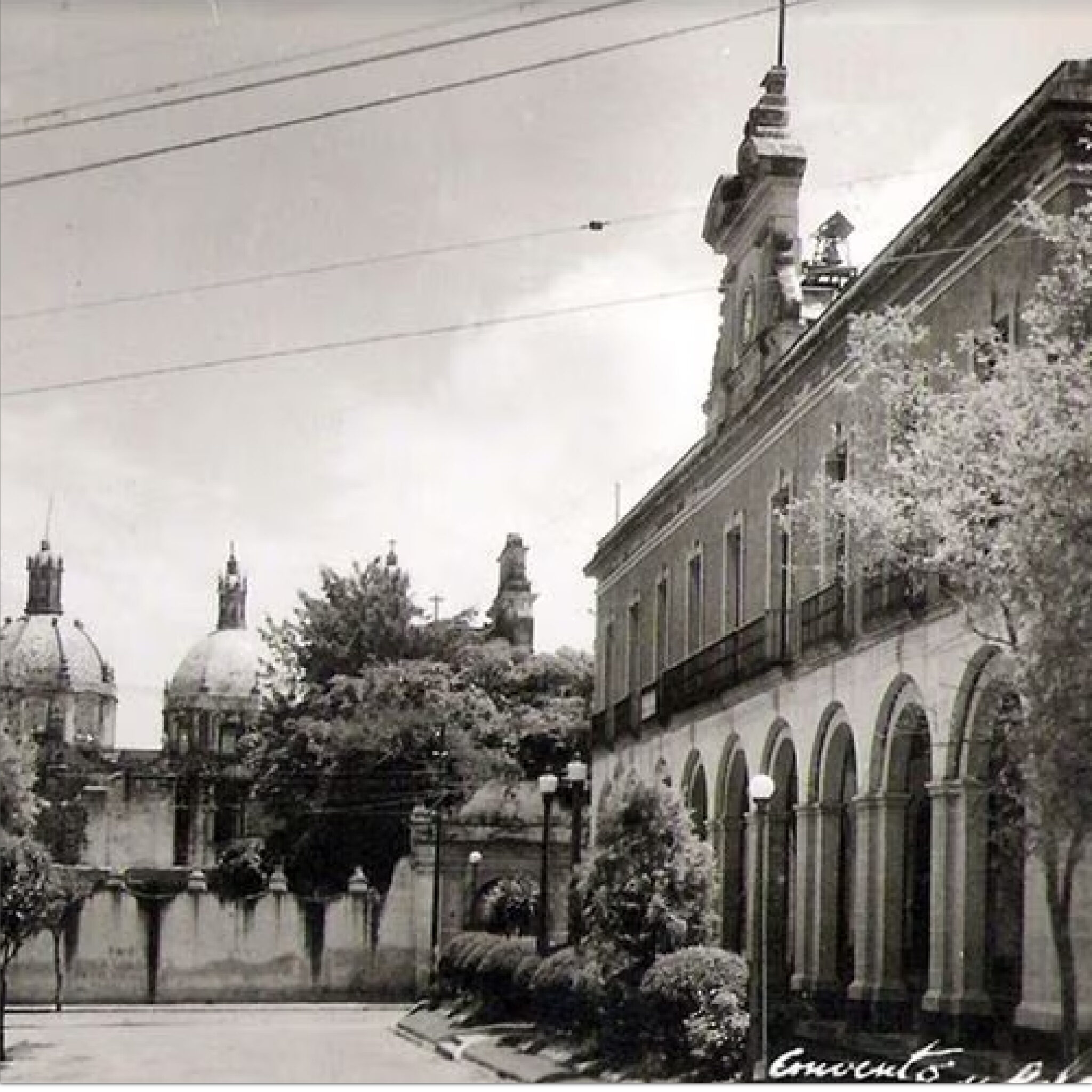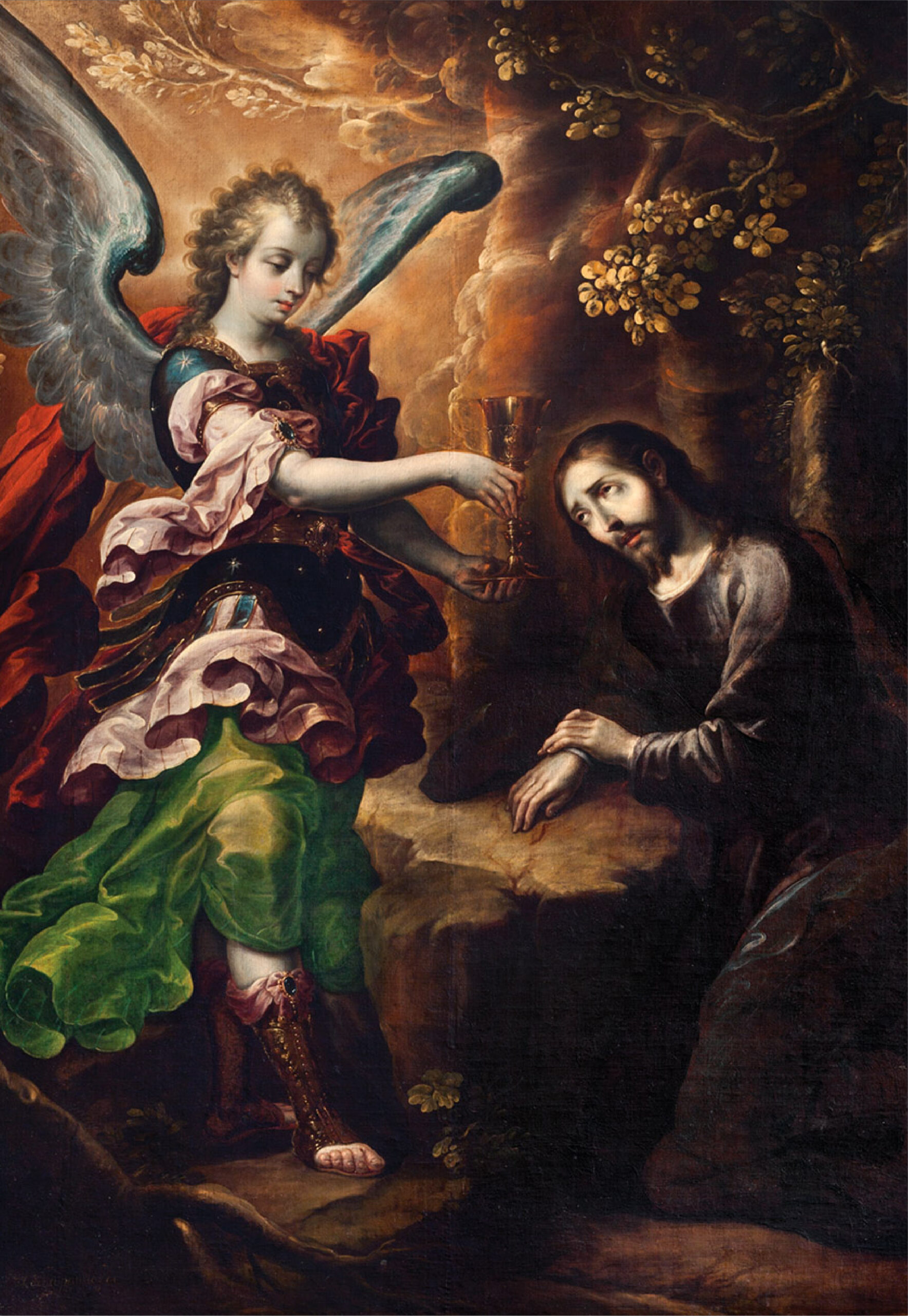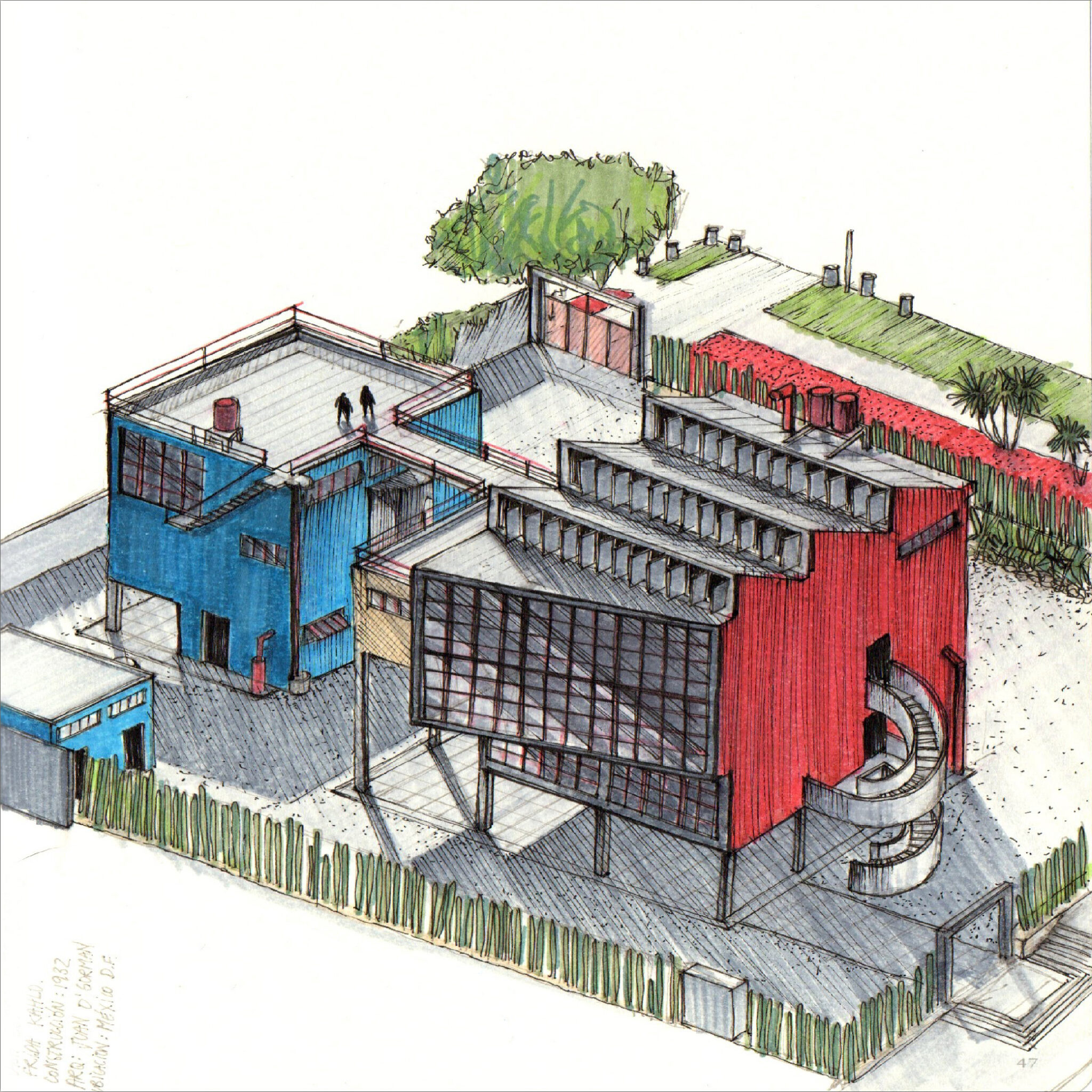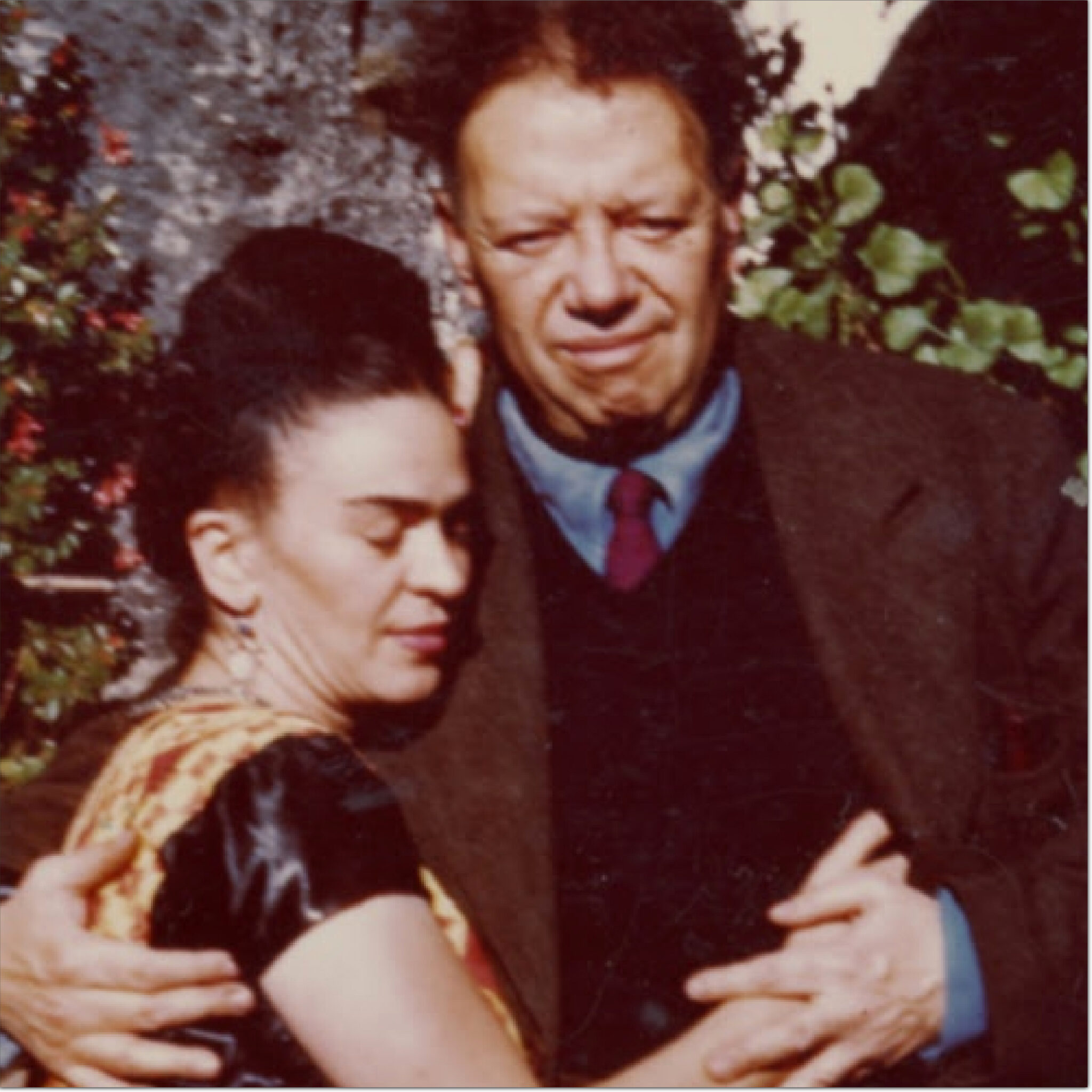History, arts and culture are a hallmark of the San Angel neighborhood in Mexico City. This area have museums that show many artistic works. In Dia de los Muertos season, these venues have a program full of Mexican traditions as typical offerings, workshops, concerts, plays and storytelling. We will tell you, one by one, about the six museums and cultural centers located in San Angel.
El Carmen Museum
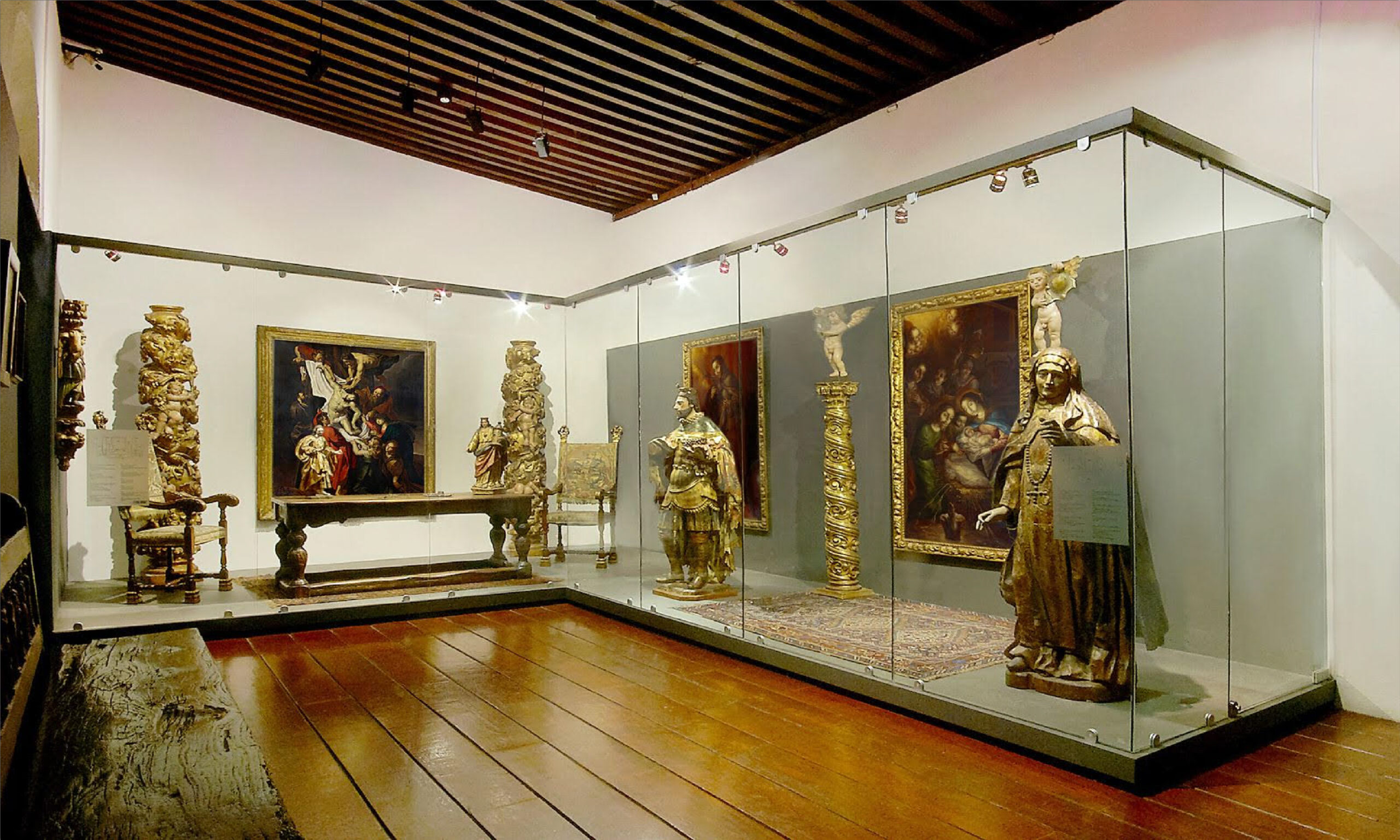
Built between 1615 and 1626. It was the headquarters of the Colegio de San Angel of the Catholic order of the Discalced Carmelites.. Among the most relevant pieces in its exhibition are the paintings of the sacristy by Cristóbal de Villalpando, The Betrothal of the Virgin and Saint Teresa the Pilgrim by Juan Correa and The Christ of Hinojos by Luis Juárez. Popular works such as La Vírgen del Carmen and the Cristo de Mexicaltzingo are also exhibited.
Casa del Risco Museum
This 18th century mansion is a historical monument. Important episodes in Mexican history occurred in this place. It was home to the writer Manuel Payno and the musician Ernesto Elorduy, a great figure of Mexican romanticism.
In 1933, the politician Isidro Fabela and his wife Josefina Eisenmann bought and restored the property, recovering one of its icons: the fountain called Fuente del Risco. The fountain is baroque style with pieces of Chinese porcelain, Puebla’s talavera and nacre.
The museum houses the art collection, antiques, library, archives and photographic albums of the Fabela family.
Casa Estudio Diego Rivera y Frida Kahlo Museum
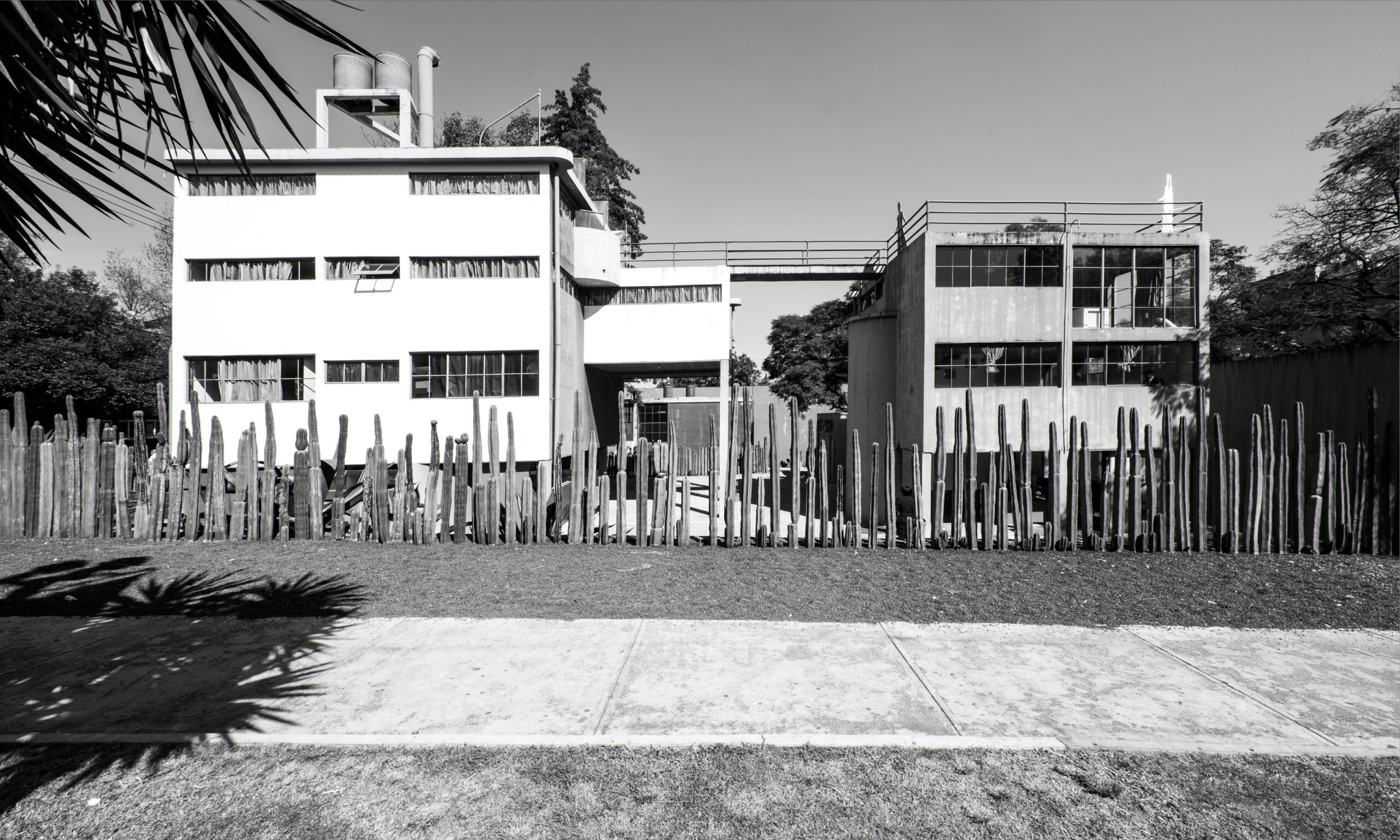
The muralist Diego Rivera commissioned the design and construction of his studio house to the architect Juan O’Gorman in 1931. O’Gorman designed and built the first functionalist proposals in Latin America. O’Gorman designed two connected twin houses, one for Rivera and the other for Frida Kahlo, his wife, each with a studio and photography laboratory. The houses was completed in 1932, but the famous artist couple moved out in 1934.
Diego Rivera did much of his easel work and his studies for murals in this house and lived in it until his death in 1957. Frida Kahlo abandoned the property to return to her paternal home in Coyoacán in 1940.
This museum exhibits Diego Rivera’s private collection, his easel works, drawings, books, pieces of pre-Hispanic and popular art, documents and personal objects. In addition to being a museum, the house that belonged to Diego Rivera and Frida Kahlo is also a temporary exhibition gallery.
Carrillo Gil Art Museum
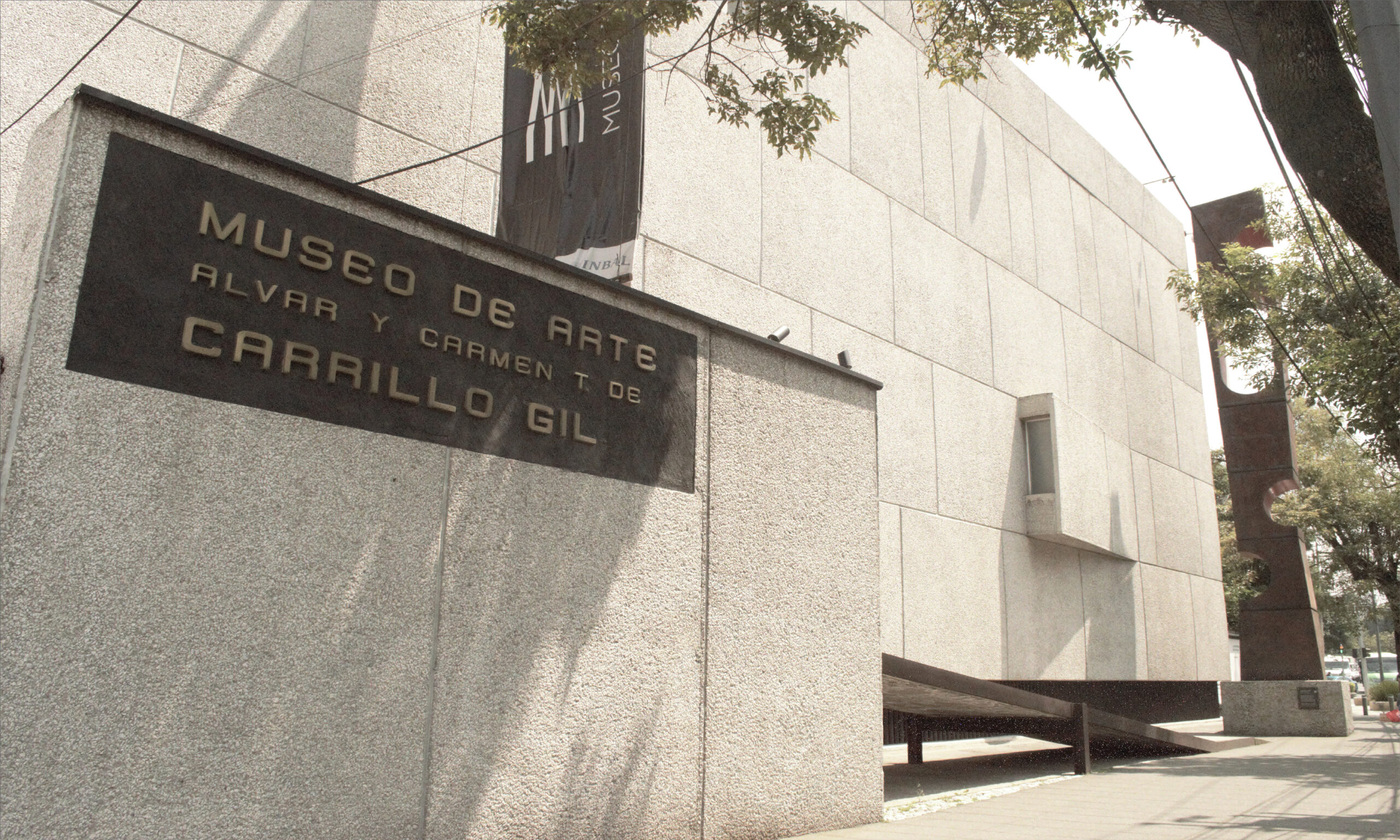
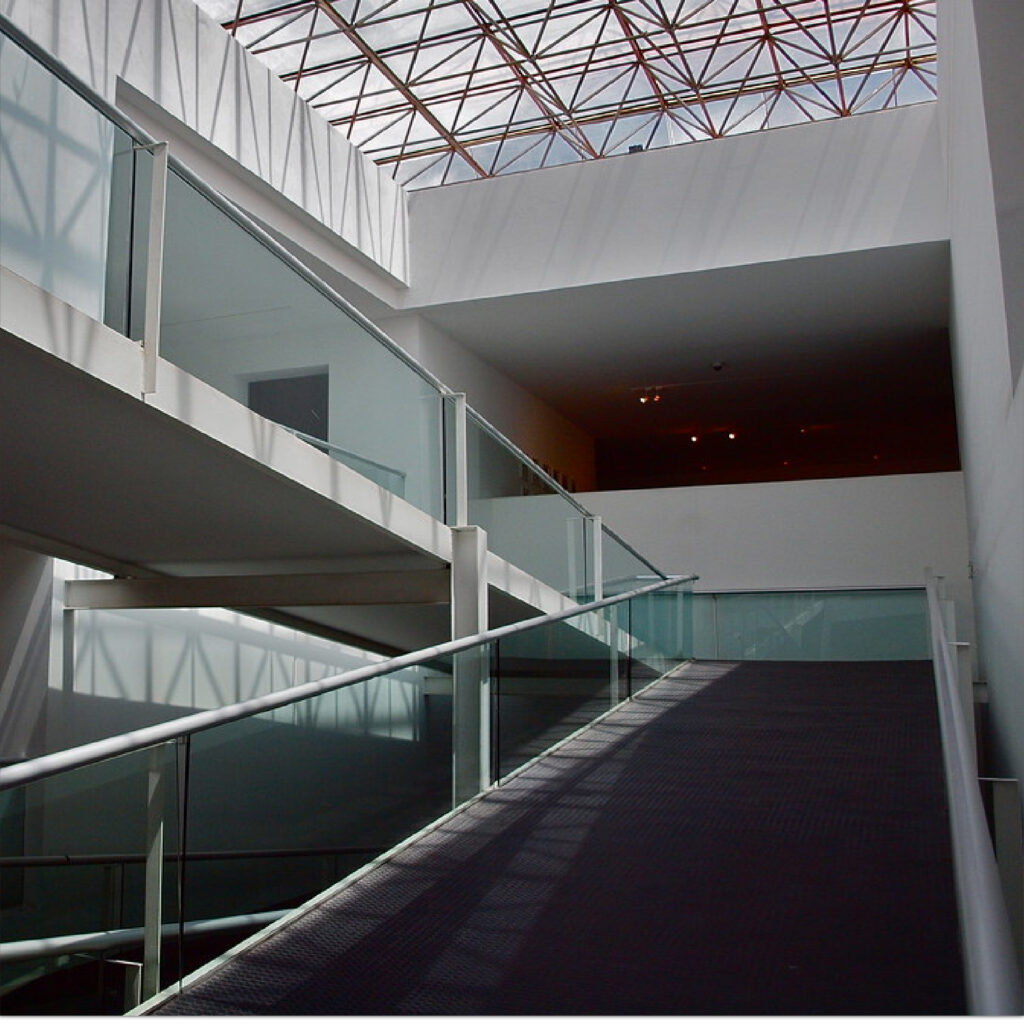
Founded in 1938 by Dr. Alvar Carrillo Gil and his wife Carmen Tejero de Carrillo Gil. The museum will house the artistic collection that they formed for three decades. The Carrillo Gil couple were one of the greatest promoters of Mexican art.
Its artistic collection includes works by José Clemente Orozco, David Alfaro Siqueiros, Diego Rivera, Günther Gerzo, Wolfganf Paalen, Luis Nishizawa, among other renowned artists. One of the most interesting parts of its collection are the works of modern graphics and a set of Japanese Ukiyo-E prints from the 17th to 20th centuries.
Soumaya Museum at Plaza Loreto
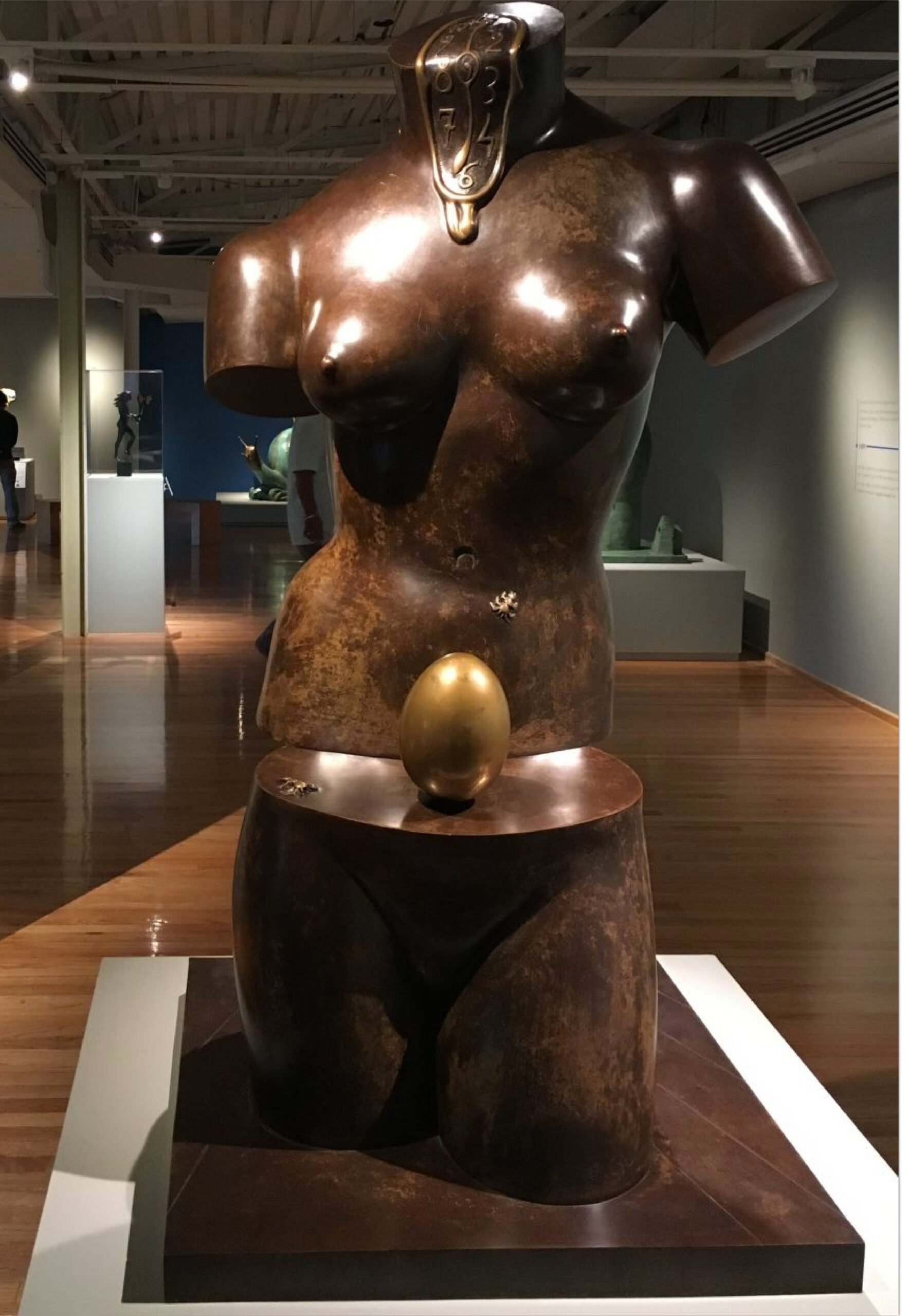
Founded by Mexican magnate Carlos Slim in 1994. It is in the Plaza Loreto commercial and cultural center, built on an old paper factory. The name of this museum is a tribute to Soumaya Domit, Slim’s wife from 1966 until her death in 1999.
It’s collection of Mexican and European art highlights the work of great masters. Rodin, Tiziano, Botticelli, El Greco, Velasco, Diego Rivera, Orozco, Siqueros, Dr. Atl and other.
Institute of Historical Studies of the Mexican Revolutions

It is dedicated to the research and study of revolutions and high-impact historical events in Mexico. The main theme is the Mexican Revolution, along with other relevant historical moments. Its mission is to preserve and study national history, with a special emphasis on revolutionary movements.
The INEHRM is dedicated to the recovery of testimonies, historical documents, graphic, audiovisual and sound material related to the revolutions and offers resources for historical research and education.



